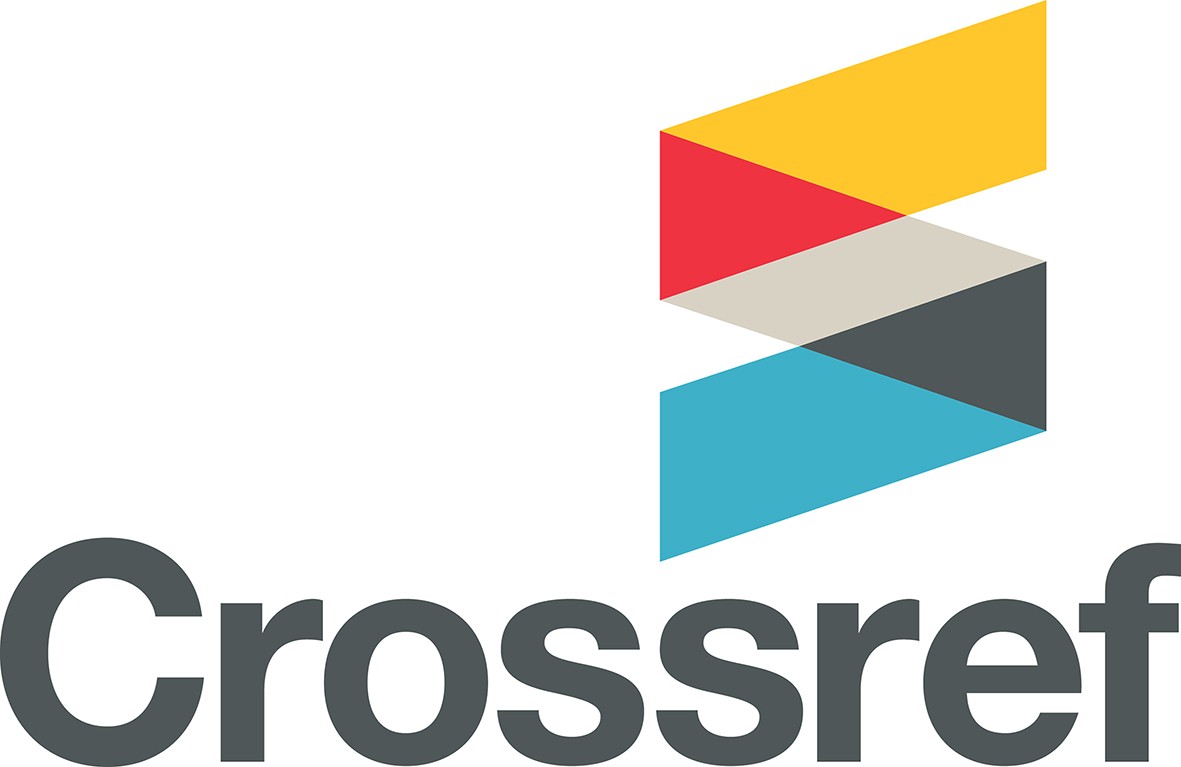Performance analysis of mobility models for Flying Ad-hoc Networks (FANETs)
Keywords:
UAVs, mobility models, routing, latency, reliability, FANETsAbstract
This paper addresses the challenges of high mobility and frequent topology changes in Flying Ad-hoc Networks (FANETs) by presenting the first of its kind comprehensive analysis of mobility models. They govern the movement pattern of UAVs and the variation in speed and direction that occur over time. Therefore, the simulation study of effective routing strategies depends on suitable mobility models. In this paper, we have performed experimental performance evaluation of available mobility models that can generate realistic scenarios for FANET applications. Both reactive (AODV and DSR) and proactive (OLSR) routing protocols are compared for Reference Point Group Mobility model, Gauss Markov mobility model, Random Waypoint mobility model and Manhattan Grid Mobility model. Packet Delivery Ratio (PDR), Average End-to-End Delay, and routing overhead were used as performance metrics for examining maximum reliability and minimal latency requirements of FANETs. Results show that Dynamic Source Routing (DSR) outperforms Ad-hoc On Demand Distance Vector (AODV) and Optimized Link State Routing (OLSR) in terms of PDR, latency and routing overhead for all mobility models.








